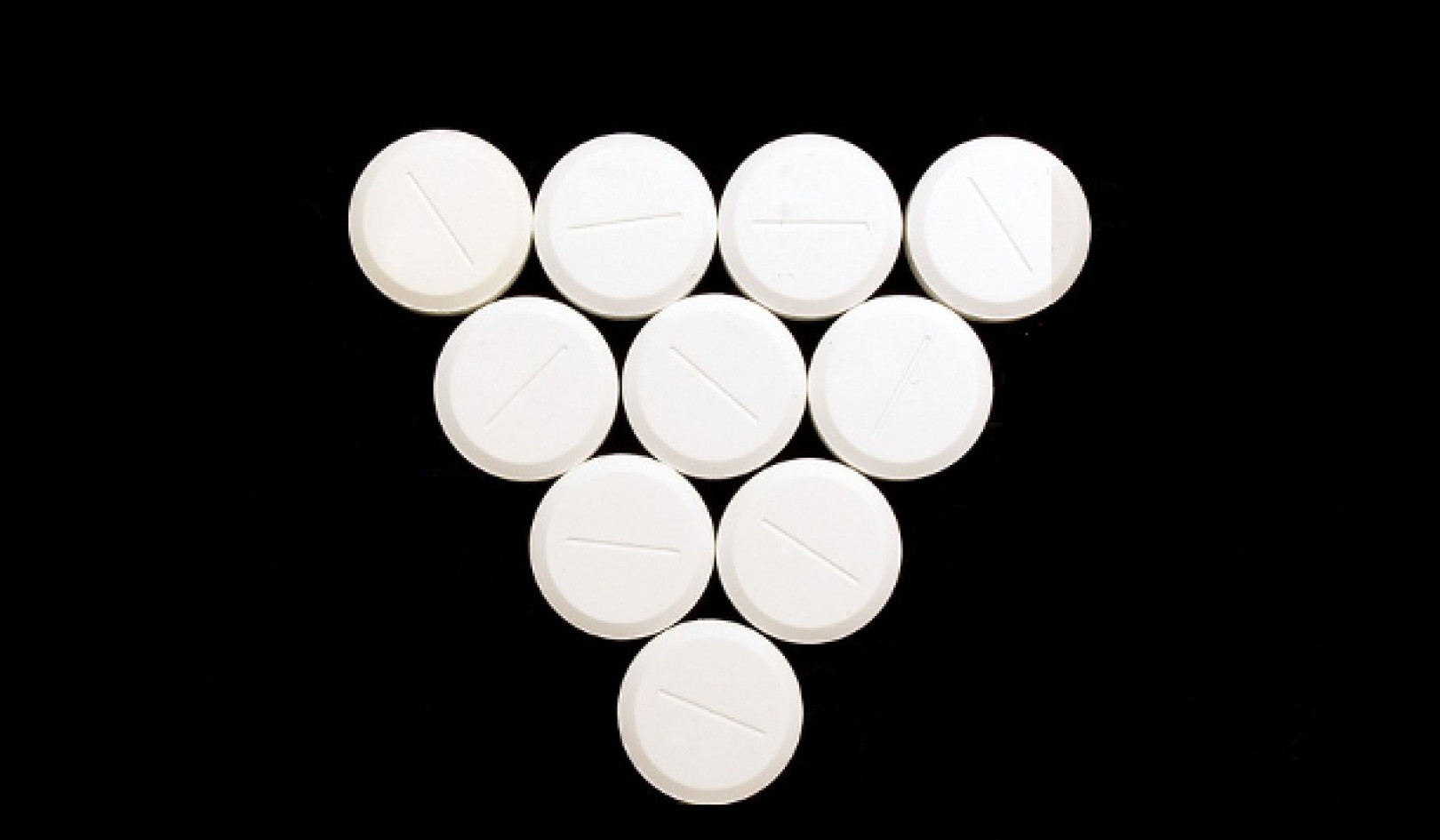
Since it was first produced at the start of the 20th century, synthetic plastic – and especially plastic packaging – has been an ever-present fixture in everyday life. Yet all the convenience plastic has given us comes at a price.
When plastic breaks down slowly over time, it produces ever smaller parts called microplastics and nanoplastics – depending on their size. These tiny bits of plastic contaminate water and food sources and can enter humans and other living organisms. Indeed, researchers found that tiny plastic particles can be found in the blood of most adults tested.
We are only beginning to discover the harms these plastics can cause. It is of particular concern that nanoplastics are so tiny they can cross the protective blood-brain barrier and even enter individual neurons (a type of brain cell).
A new study has shown that nanoplastics can induce changes within the brain that are seen in Parkinson’s disease. Parkinson’s disease is one of the fastest-growing and most devastating neurological disorders. It is characterised by the death of a specialist population of nerve cells that control movement.
The researchers showed that nanoplastics found in the environment can interact with a protein called alpha-synuclein. This protein occurs naturally in every brain where it plays a role in nerve cell communication. However, in diseases such as Parkinson’s and some forms of dementia, alpha-synuclein changes.
The proteins clump together, forming so-called alpha-synuclein fibrils. These fibrils can then be found accumulating in nerve cells in people with Parkinson’s disease and some forms of dementia. Normally, alpha-synuclein is recycled within the nerve cells, but when the protein starts to clump together, the machinery in the cells cannot keep up with the waste.
The researchers used a wide variety of laboratory techniques to investigate the effect of nanoplastics on cells and live mice. The team used nanoparticles of polystyrene, a material commonly used to produce single-use items such as drinking cups.
They found that the nanoplastics bound tightly to alpha-synuclein and caused it to form toxic clumps similar to what is seen in Parkinson’s disease. Importantly, the interaction between alpha-synuclein and the nanoplastics was seen across three models tested. These were test tubes, cultured nerve cells and live mice.
The researchers made four important observations. First, nanoplastics rapidly and tightly bind alpha-synuclein. Second, nanoplastics promote alpha-synuclein accumulation and fibril formation. Third, nanoplastics and alpha-synuclein can enter cultured neurons and impair protein breakdown (the naturally occurring disposal of protein clumps, such as alpha-synuclein fibrils).
Fourth, when nanoplastics and alpha-synuclein were injected into healthy mouse brains, alpha-synuclein fibrils formed and were found in nerve cells across the brain. This is one of the hallmarks of Parkinson’s disease and associated types of dementia.
In a few animals, the researchers saw that the injection of nanoplastics alone (without alpha-synuclein) caused alpha-synuclein fibrils to form and accumulate in nerve cells. This last point is the most concerning because it shows that nanoplastics can promote alpha-synuclein fibril formation by themselves in the nerve cells that specifically die in Parkinson’s disease in a living organism.
Far-reaching implications
These results highlight the need for further monitoring of plastic waste and environmental pollution. The effect of microplastics in promoting cancer and immune diseases is actively being researched, but this study further supports the notion that microplastics have far-reaching implications on human health.
The question of how and whether the interaction between the nanoplastics and alpha-synuclein occurs in the human brain remains unanswered and further research is needed. More research is also needed to understand whether different types of plastic have different effects.
Still, the results shine a light on potential environmental factors that promote Parkinson’s disease development. This in turn could lead to monitoring specific at-risk groups who have been exposed to large quantities of nanoplastics and whether these people suffer an increased number of neurological diseases.![]()
Janosch Heller, Assistant Professor in Biomedical Sciences, Dublin City University
This article is republished from The Conversation under a Creative Commons license. Read the original article.
Related Books:
The Body Keeps the Score: Brain Mind and Body in the Healing of Trauma
by Bessel van der Kolk
This book explores the connections between trauma and physical and mental health, offering insights and strategies for healing and recovery.
Click for more info or to order
Breath: The New Science of a Lost Art
by James Nestor
This book explores the science and practice of breathing, offering insights and techniques for improving physical and mental health.
Click for more info or to order
The Plant Paradox: The Hidden Dangers in "Healthy" Foods That Cause Disease and Weight Gain
by Steven R. Gundry
This book explores the links between diet, health, and disease, offering insights and strategies for improving overall health and wellness.
Click for more info or to order
The Immunity Code: The New Paradigm for Real Health and Radical Anti-Aging
by Joel Greene
This book offers a new perspective on health and immunity, drawing on principles of epigenetics and offering insights and strategies for optimizing health and aging.
Click for more info or to order
The Complete Guide to Fasting: Heal Your Body Through Intermittent, Alternate-Day, and Extended Fasting
by Dr. Jason Fung and Jimmy Moore
This book explores the science and practice of fasting offering insights and strategies for improving overall health and wellness.
Click for more info or to order

























